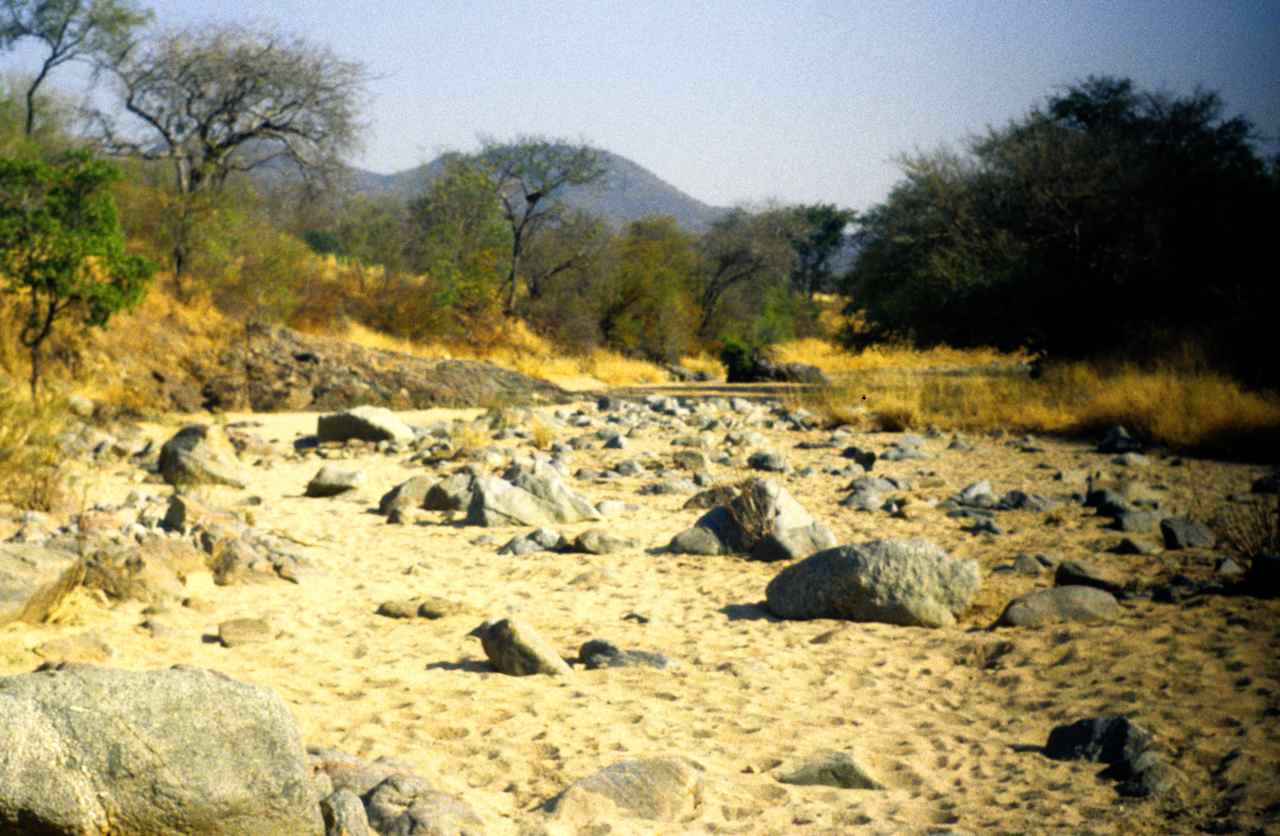Semi-arid regions are those regions which receive low rainfall (between 25-50 cm annually) and experience climate between desert and humid. Since semi-arid ecosystems receive little rainfall, they do not support forest growth. The vegetation in semi-arid ecosystems is dominated by thorny plants, shrubs, short trees, bushes, herbs and grasses in a scattered way.
Importance of semi-arid regions:
Semi-arid ecosystems are habitat to insects, reptiles and many microorganisms. Camels, goats and cattle graze on the scanty vegetation of these regions and are adapted to this ecosystem for less water consumption. The great Indian bustard has adapted itself to this ecosystem. Grams, bajra (millet) and jowar (sorghum) are grown in these regions as they require less water for cultivation.
Causes of depletion of semi-arid regions:
ADVERTISEMENTS:
i. Overgrazing:
Overgrazing carried out by the cattle due to scattered grasses and shrubs resulted in desertification.
ii. Population:
Semi-arid ecosystems face threat from rapid population growth. They are constantly exploited for space and natural resources by the growing population.
ADVERTISEMENTS:
iii. Climatic Changes:
Vegetation growth is difficult in these regions. Besides this, climatic changes make development of these regions even more difficult.
iv. Soil Erosion:
A depleting green cover is causing desertification of these areas. This is also causing soil erosion.
Conservation of semi-arid grasslands:
ADVERTISEMENTS:
There are a number of ways in which one can preserve semi-arid ecosystems:
i. By increasing suitable vegetation on these lands so that soil erosion is avoided.
ii. By increasing plantation at places that have some water resources.
iii. Protection of the meagre water resources by traditional methods and water harvesting.
iv. Overgrazing can be controlled by stalk feeding and restricted grazing.
v. To combat water scarcity or drought conditions, rainwater should be collected through traditional or modern methods of rainwater harvesting.
vi. Adopting social forestry programmes for growing suitable vegetation and trees, such as kekar and babul.
vii. Creating national parks and wildlife sanctuaries to protect the specialized flora and fauna.

